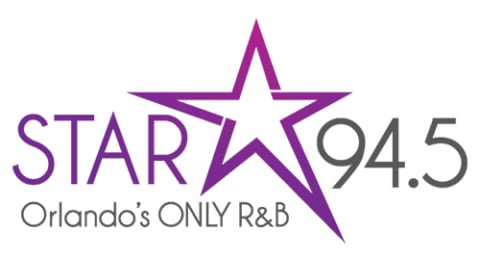The “on-ramp period” that provided grace periods for repaying student loans ended on Sept. 30. So what happens now?
The Biden administration gave the one-year grace period to people whose student loan payments were halted during the more than three-year COVID-19 pandemic. During that time, Loan servicers did not report missed, late or partial loan payments to the three national credit bureaus, which, if they did, could hurt a person’s credit, CNN reported.
During the grace period, interest continued to accumulate, according to CBS News.
The “Fresh Start” initiative where borrowers with loans held by the Department of Education and had defaulted were able to remove that default from their credit history also ended, The Washington Post reported. About 7.5 million people qualified. They had to contact either the Education Department’s Default Resolution Group or the company that owned the loan before the program ended.
About 43 million Americans have student loan debt totaling $1.5 trillion, CBS News reported.
TransUnion found that during the “on-ramp period” only about half of borrowers made the payments they should have.
Now, if you don’t make a payment within 90 days of the due date, the loan servicers will notify credit bureaus.
If a payment is not made for at least 270 days, the loan goes into default. If that happens, credit scores would be impacted, making it difficult to buy a car or home. Tax refunds and paychecks may be garnished. If the loan is in default, the borrower loses deferment or forbearance. They would also lose any additional student aid. The loan holder could also take the borrower to court, CNN reported.
If you cannot afford to pay the bills, don’t ignore them, apply for deferment or forbearance before going into default, CBS News reported. Interest will continue to accrue.
Borrowers should also look to see if they qualify for income-driven repayment plans. To find out, visit the Federal Student Aid website. Some jobs also will have student debt forgiven after 10 years. To find out about that program, visit the Public Service Loan Forgiveness Program.
Several plans were introduced by President Joe Biden but three of them have not been allowed to be implemented.
The Supreme Court knocked down the debt forgiveness program that gave up to $20,000 in debt relief to low- and middle-income borrowers, CNN reported.
The SAVE plan is on hold as it is being challenged in the courts.
Another proposal by Biden is also being challenged. If permitted, the Department of Education would cancel accumulated interest if the amount currently owed is more than they originally borrowed. It also calls for canceling student debt for people who started repaying 20 years ago and those who qualify for debt relief but haven’t applied.
Despite the roadblocks, so far $169 billion in student loan debt has been canceled for 4.8 billion borrowers, CNN reported.
© 2024 Cox Media Group





